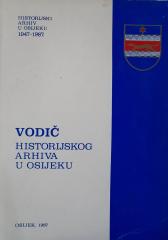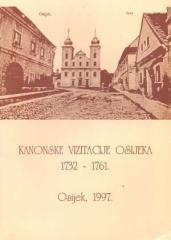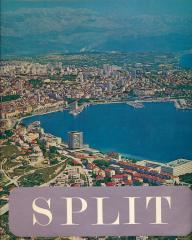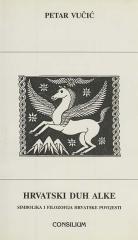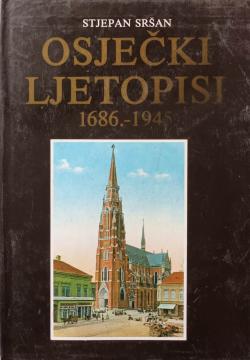
Osječki ljetopisi: 1686.-1945.
A presentation of the history of Osijek through documents, records and testimonies from the Ottoman period to the end of World War II. Sršan, a prominent Osijek historian, bases his work on archival sources, providing insight into the social, economic and
The chronicles begin with the liberation of Osijek from the Ottomans in 1687, describing the city's reconstruction under the Habsburgs. In the 18th century, Osijek became an important administrative and military center, with an emphasis on the fortress Tvrđa. In the 19th century, the city experienced an economic boom, the development of crafts, trade, and infrastructure, such as railways and bridges. Sršan also records political changes, including the revolution of 1848 and the role of Josip Juraj Strossmayer in the cultural revival. In the early 20th century, Osijek was affected by political turmoil, including the collapse of Austria-Hungary and its incorporation into the Kingdom of Serbs, Croats, Croats, and Slovenes.
Special attention is paid to the period 1941–1945, marked by occupation, suffering, and resistance. The book documents the destruction of the city, but also the resilience of the population. Sršan's approach is analytical, with an emphasis on the authenticity of the sources. The work contains bibliographical references and indexes, with summaries in English and German. This is essential reading for understanding the history of Osijek and Slavonia.
Two copies are available
